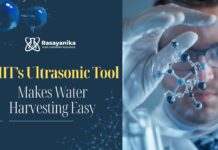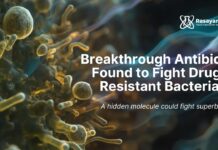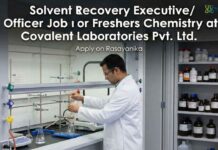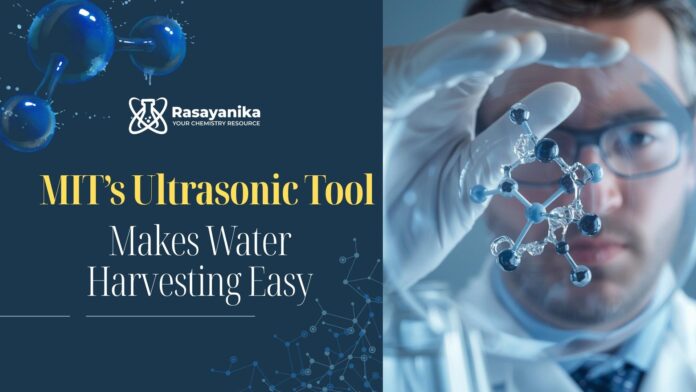MIT Scientists Create Ultrasonic Device That Pulls Drinking Water from Air
Imagine grabbing drinking water directly from the air. Sounds like fiction? Not at all. Scientists at MIT have successfully developed a new ultrasonic system that can effectively pull potable water from the air in just a few minutes.
Yes, you heard it right. This is one of those astonishing breakthroughs that will help mankind in many ways. With this new technology, one can obtain drinking water much more quickly than with traditional methods, such as solar-powered methods, which used to take hours or days. The device works with any atmospheric water–harvesting material and could make clean water more accessible, even in arid regions.
This new technology uses ultrasound waves to break the weak bonds present in the water molecules. This is achieved through “shaking” the water molecule through a water-absorbing material known as the sorbent. Whereas in the traditional method, heat from the sun was used to evaporate the water molecule. The ultrasonic device vibrates at high frequency to break the weak bonds that hold water molecules in place. As a result, water droplets are released almost instantly.
According to the team, the device can recover water within minutes , making it 45 times more efficient than using sunlight alone. Although it requires a small power source, the researchers say it could be easily powered by a compact solar cell. That same solar cell could also act as a sensor, detecting when the sorbent is full and automatically switching the device on.
“People have been looking for ways to harvest water from the atmosphere, especially in desert regions,” says Svetlana Boriskina, principal research scientist in MIT’s Department of Mechanical Engineering. “Now we have a way to recover water quickly and efficiently.”
The study, published in Nature Communications, was led by first author Ikra Iftekhar Shuvo, along with Carlos Díaz-Marín, Marvin Christen, Michael Lherbette, and Christopher Liem.
Working Principle:
Ultrasound consists of acoustic pressure waves with frequencies above 20 kilohertz, which are too high for humans to hear or see. The team discovered that using the MIT Ultrasonic Device, these waves can disrupt the weak bonds between water molecules and the sorbent surface.
“It’s like the water is dancing with the waves,” Shuvo explains. “This targeted disturbance creates momentum that releases the water molecules, and we can see them shake out in droplets.”
The device centers around a flat ceramic ring that vibrates under an applied voltage. An outer ring equipped with small nozzles allows the released droplets to fall into collection vessels positioned above or below the actuator.
To test the system, researchers used quarter-sized samples of an existing AWH material. After saturating them in a controlled humidity chamber, they placed each sample on the ultrasonic actuator. In every test, the device dried the samples within minutes. This provides new hope for mankind.
Future Benefits:
Boriskina imagines a household system about the size of a window. This is a fast-absorbing material paired with an ultrasonic actuator. Once the material is complete, the MIT Ultrasonic Device would briefly turn on, shake out the collected water, and be ready for the next cycle immediately, allowing multiple harvests in a single day.
“It’s all about how much water you can extract per day,” she explains. “With ultrasound, we can recover water quickly and cycle again and again.”
This work was supported by the MIT Abdul Latif Jameel Water and Food Systems Lab and the MIT-Israel Zuckerman STEM Fund, and made use of MIT.nano and ISN facilities.














































